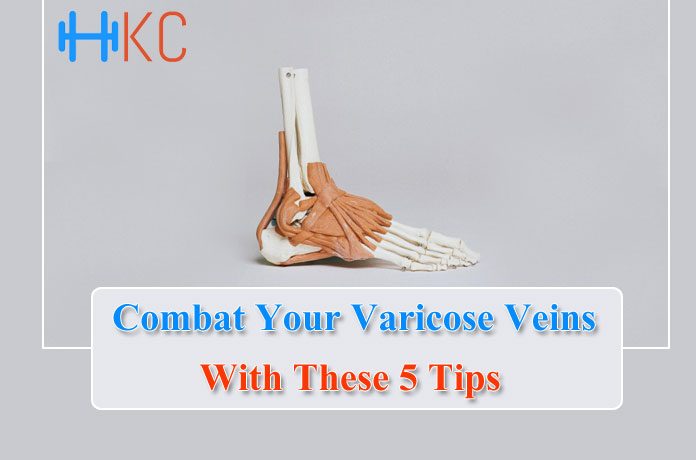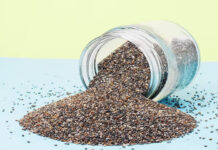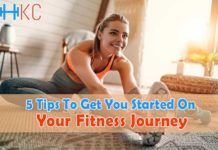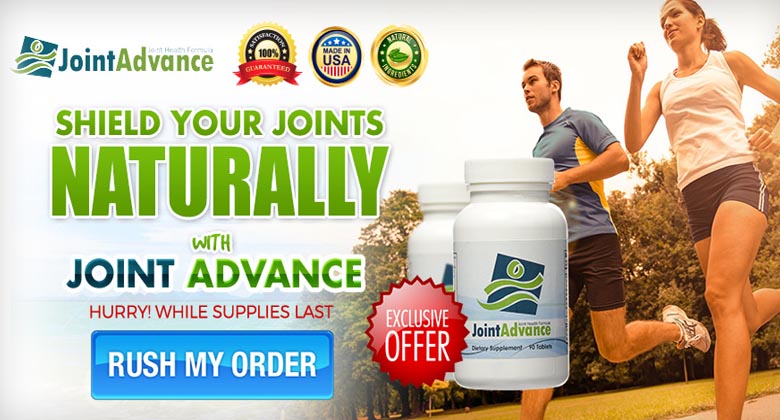Combat Your Varicose Veins with These 5 Tips
Have you noticed any bulging, bluish cords under the skin of your legs or feet? These are varicose veins. They are swollen and twisted veins that become visible when the valves inside them weaken.
Although unsightly, varicose veins are usually harmless. Nevertheless, if inflamed, they can hinder the blood circulation to your legs, leading to itchy skin, swollen ankles, and painful limbs. Not all varicose veins are visible, especially if they are too deep. However, they can still cause pain and swelling in your leg, with a few blood clots appearing here and there
Varicose veins are prevalent, especially in people who tend to sit or stand for long periods. Most cases are, however, hereditary.
Forty million Americans are currently suffering from varicose veins, most of them being women. Thankfully, there are many treatments available to combat them. However, before we go there, there are a few things you need to know about varicose veins.
Know If You Are At Risk
Some people are more at risk than others. The Chicago Vein Institute has nailed down a few instances that make someone more susceptible to varicose veins:
- If both parents have varicose veins, there is a 90 percent chance of their offspring inheriting the condition.
- If only one parent is affected, the chances are 60 percent for a female child and 25 percent for a male child.
- Women over 50 years of age have a 50 percent chance of developing varicose veins if they are moderately overweight (BMI 25 – 29.9).
- If your BMI is more than 30, you are three times more likely to develop the disease.
- Increased levels of progesterone are one of the main reasons why women develop varicose veins, especially after 50.
- Pregnant women are also highly likely to develop the disease if they tend to put excessive pressure on their legs.
Know the Signs and Symptoms of Varicose Veins
Aching legs or feet are probably the earliest symptoms you can experience varicose veins. At this stage, the swollen veins may not be visible; but you might still experience a heavy feeling in your legs. With time you will see veins in blue or dark purple like cords on your legs, twisted and bulging.
The other symptoms of varicose veins include:
- Muscle cramping, throbbing, burning sensation, and swelling in lower legs
- Pain after prolonged periods of sitting or standing
- Skin discoloration or Itching around varicose veins
Try-at-Home Remedies
Keeping your feet in an elevated position can help reduce a lot of swelling and pain in your legs. Make it a point to wear non-restrictive clothing that doesn’t hinder the blood flow. Choose flats over heels. Here are a few more things you can try at home:
- Dietary Changes: Making a few changes to your diet can help deal with varicose veins. Add a few foods that are rich in potassium, flavonoids, and dietary fiber.
- Exercises: You can try some low-impact activities such as walking, cycling, stretching, swimming, or yoga to increase blood circulation.
- Compression Stockings: You should find compression stockings in any pharmacy near your house. When worn, they improve blood circulation by applying pressure to your legs.
- Herbal Remedies: Many herbal medicines with grape seed extract, Rutosides, and CentellaAsiatica might be beneficial in treating the symptoms of varicose veins. Most of these are available as topical phlebotonicsor oral dietary supplements.
Know When to Seek Medical Help
Despite the pain caused by varicose veins, they are generally harmless. However, if you come across any of the following symptoms, make it a point to consult your GP at the earliest:
- Bleeding: Bleeding from varicose veins indicates an increase of pressure inside your veins. When this happens, you must get your leg higher than your heart. Rest your legs on a stool and put pressure at the site until the bleeding stops.
- Ulcers: Ulcers appear as few knocks or small cuts on your legs around your varicose veins. You can give them some time to heal, but if you don’t find any difference after a few weeks, it might be an infection that needs immediate treatment.
Surgical and Non-Surgical Treatment Options
Surgery might be the only way to treat varicose veins if the symptoms are too severe. It involves the stripping of the non-functional vein from the affected area. However, before deciding on this treatment, your doctor might inject a special fluid to close your vein down. This procedure is the non-surgical way of treating varicose veins. Find minimally-invasive, non-surgical treatment for varicose veins here.
Wishing You a Speedy Recovery
Varicose veins are a cosmetic concern for many, but if you are experiencing too much swelling or pain that is stopping you from performing your daily activities, it might be time to get it treated. Choose an expert in varicose veins to administer your treatment.
















